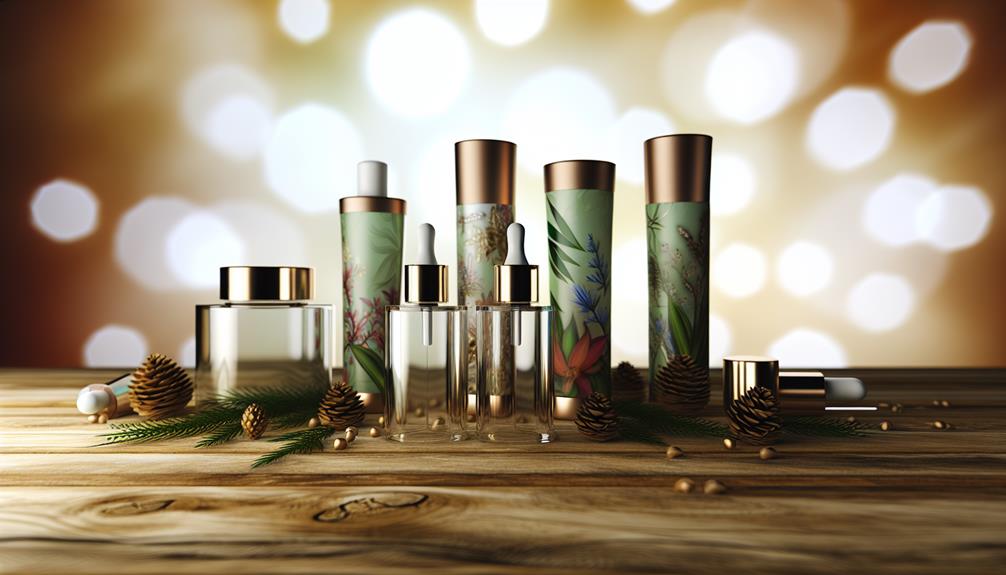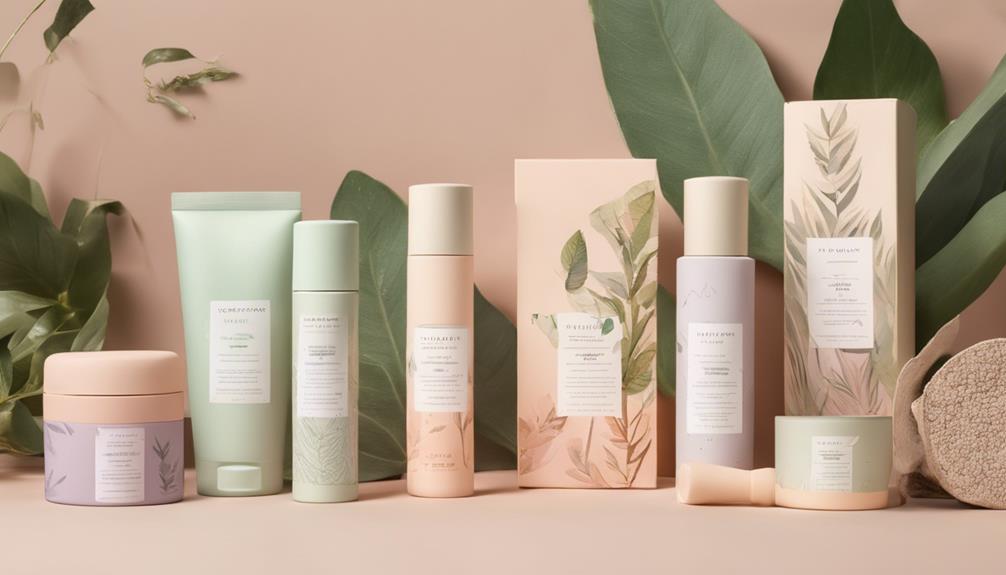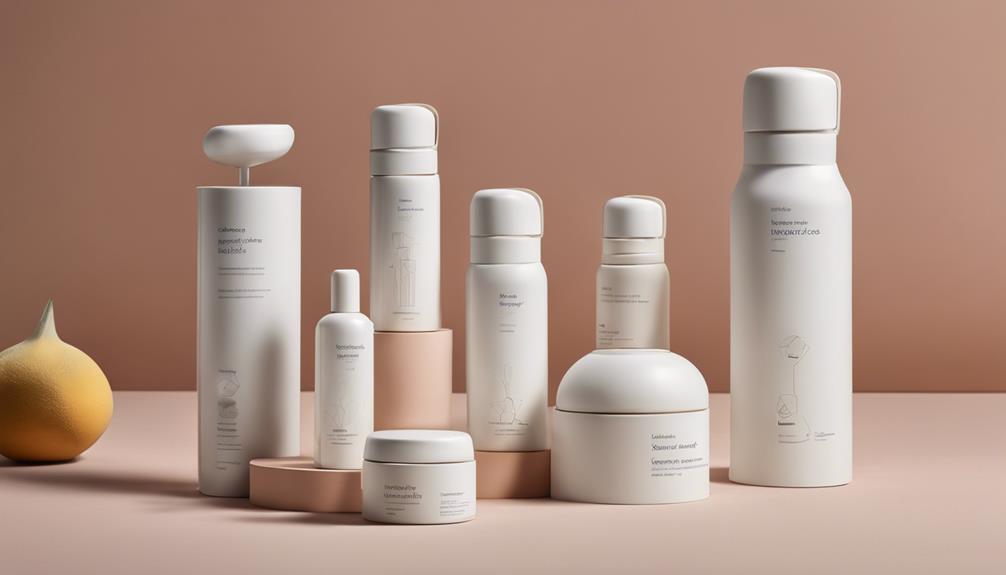
Sustainable materials, minimalist design, and user-centric innovations are the top trends you've got to watch in skincare packaging. Eco-friendly options are on the rise, featuring biodegradable components and recycled materials, minimizing environmental impact. At the same time, minimalist design emphasizes clean lines and neutral tones, promoting product authenticity while enhancing user experience. Ultimately, user-centric innovations are making waves with smart technology, like RFID tags that deliver product details and customizable packaging tailored to your skin needs. These trends reflect a shift towards sustainability and personalization. Stay tuned to discover how these developments are shaping the future of skincare!
Main Points
- Sustainable materials are increasingly favored, with biodegradable and recycled packaging options reducing environmental impact in the skincare industry.
- Minimalist design trends prioritize clean aesthetics, focusing on simplicity, neutral colors, and functional elegance in product packaging.
- User-centric innovations like RFID tags and customizable bottles enhance personalized skincare experiences and improve user engagement.
- Refillable packaging options are gaining popularity, supporting sustainability while allowing consumers to adapt products to their needs.
- The integration of smart technology in packaging facilitates real-time feedback and insights, enhancing product performance and user satisfaction.
Sustainable Materials

As consumers increasingly prioritize eco-friendliness, the use of sustainable materials in skincare packaging has surged in recent years. You'll find brands adopting biodegradable options that break down naturally, reducing landfill waste and environmental impact.
Custom organic hemp soap boxes are a prime example of this trend, as they offer eco-friendly packaging solutions made from biodegradable materials. These materials include plant-based plastics and compostable components, ensuring your skincare routine aligns with your values.
Furthermore, many companies are now utilizing recycled materials, such as post-consumer resin, to create packaging that's both functional and environmentally responsible. This shift not only enhances your purchasing experience but also contributes to a circular economy.
Minimalist Design
With the rise of sustainable materials in skincare packaging, a complementary trend has emerged: minimalist design. This approach emphasizes clean aesthetics and functional elegance, stripping away unnecessary embellishments to focus on what truly matters.
Custom packaging options, such as eco-friendly materials, are increasingly being integrated into this design philosophy, enhancing both sustainability and visual appeal. You'll notice packaging that features simple lines, neutral colors, and straightforward typography, making products more approachable and relatable.
This design philosophy not only enhances the visual appeal but also promotes a sense of transparency, aligning with consumers' growing desire for authenticity. By prioritizing functionality, minimalist packaging often incorporates user-friendly elements, such as easy-to-use dispensers.
In the end, minimalist design streamlines the skincare experience, allowing the product itself to shine while reinforcing a commitment to sustainability, ensuring that every element serves a purpose without excess.
User-Centric Innovations

User-centric innovations are transforming skincare packaging, placing the consumer's experience at the forefront.
Today, brands harness smart technology to create personalized experiences that resonate with your unique skincare needs. Here are three key trends driving this change:
- RFID Tags: These enable you to access detailed product information and usage tips simply by scanning the packaging.
- Customizable Bottles: Some brands offer adjustable formulas or refillable options, allowing you to tailor products to your skin type and preferences.
- Feedback Loops: Digital interfaces collect your input on product performance, guiding future formulations based on real user data.

